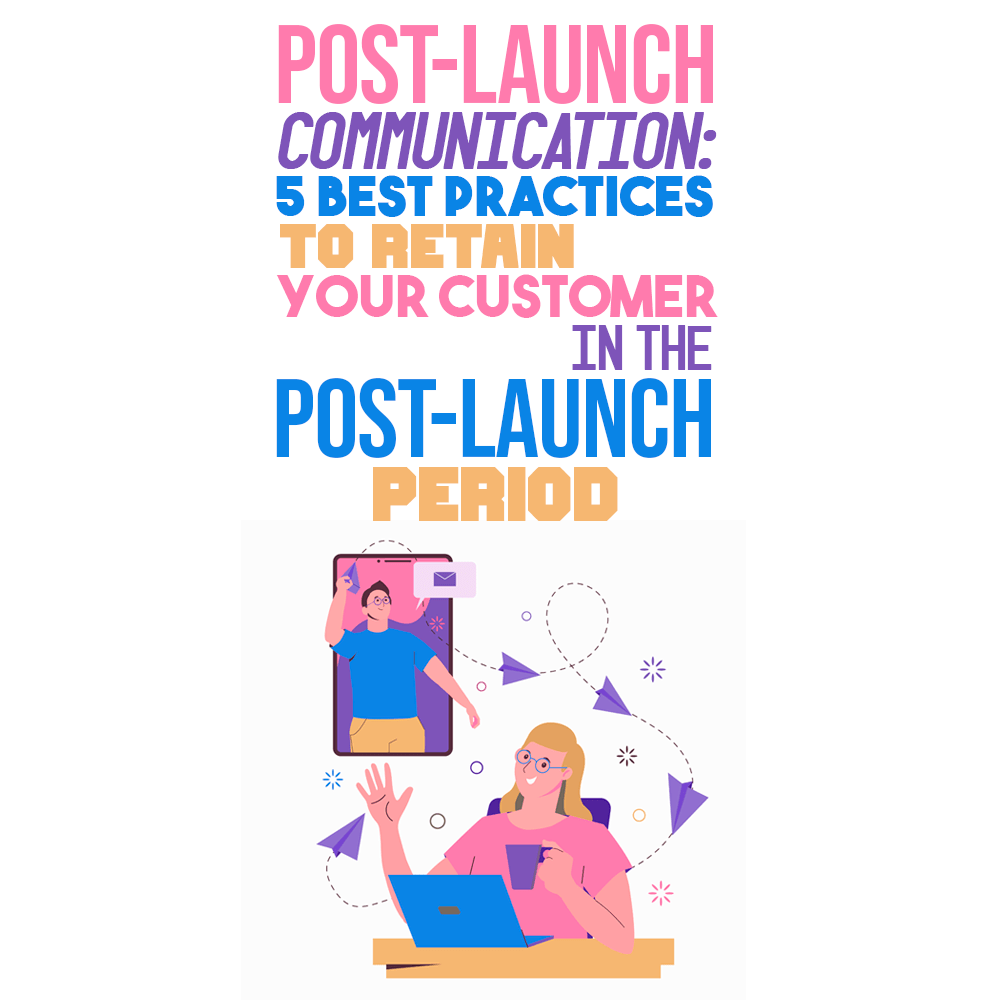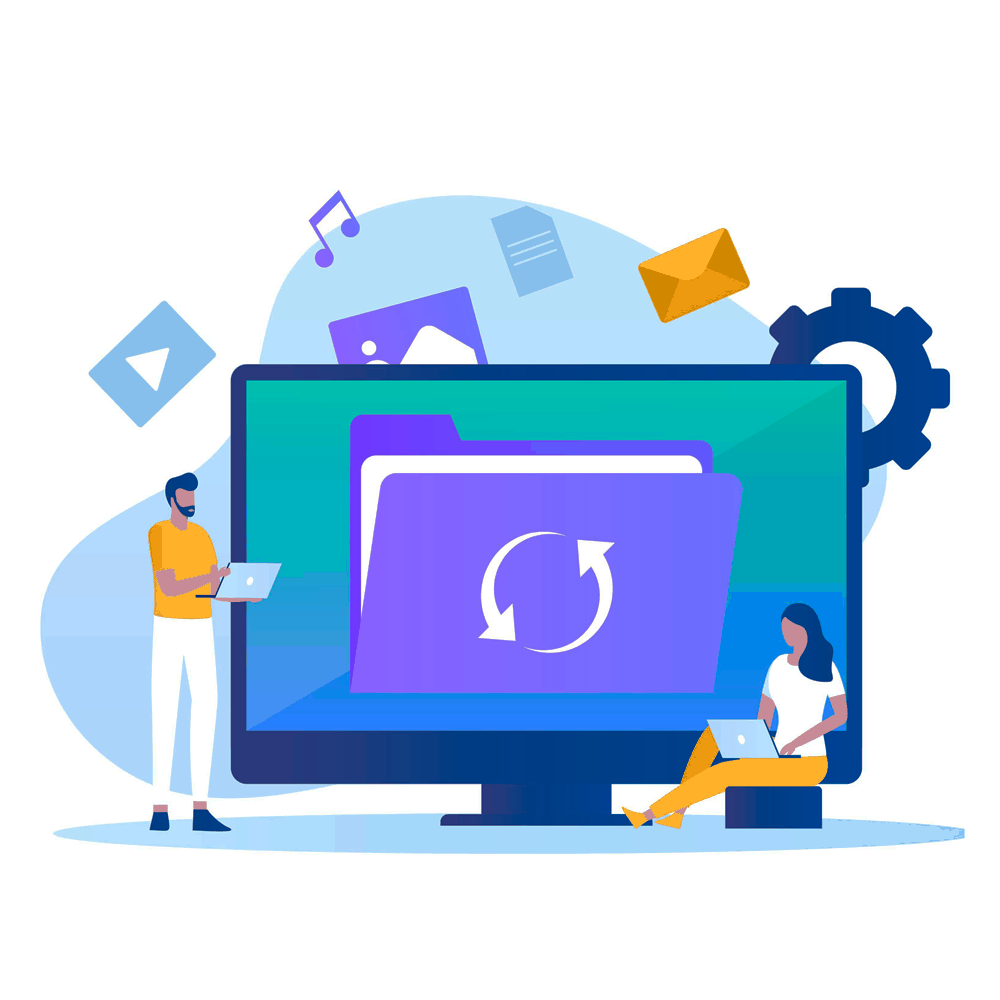
The reality of development tells us otherwise. Creating a successful product never stops at the launch, as they require continuous improvement, maintenance, and support.
That’s why outsourcing companies should not limit their custom software development services solely to building a product and handing it to the client, but think about post-release maintenance and support.
In this post, I will share with you the best practices to follow in order to retain your customers in the post-launch period.
Why Do Clients Stay With Developers After the Product Launch?
There are two main reasons why clients can turn to you after the product release:
- Something has gone wrong, and they need to fix it. Even if you apply quality assurance and testing best practices, something can still go wrong after the product is launched. The best strategy for a seasoned software development company, in this case, is to remain open to complaints and criticism, search for ways to figure it out, and never leave the client in the lurch.
- They simply want something more. Even when everything works properly, your client will undoubtedly welcome continuous upgrades for the product. Product-centric developers who focus on creating value will certainly stay ahead of the adopters of the project-centric mindset, to whom the importance of development processes prevails.
For both the above scenarios, the best thing to do is prepare a maintenance and support plan for the post-launch period, in which you describe what additional value you can add to bring extra profitability to the project. Let’s see this in more detail, with five key areas you can focus on.
Top 5 Secrets to Deliver Exemplary Post-Launch Support
As I mentioned above, both support and upgrade matters can be handled when you are well prepared. Following the five tips below, you can assure a reliable and long-term relationship with a client after the project delivery.
Creating Clearly Defined SLAs
A service-level agreement (SLA) defines the service type ordered by the client, its quality, and sanctions for contract breaches. The aim of the contractual tool is to create a comprehensive environment in the client-technology vendor relations: From the start, the parties to the contract clarify their expectations from their partnership and the penalties if those aren’t met.
Don’t forget to include the following components in your SLAs:
- Detailed description of the services you are going to provide;
- Metrics by which the client can measure your services: service availability, deadlines and deliverables for each cycle, and so on;
- Remedies you offer in case the agreed-on service level isn’t achieved.
Often, the most reasonable approach is hiring legal counsel to work on an SLA for every new project. However, consider the tips below to reduce budgets on counseling services each time you sign a new contract:
- Prepare a standard SLA. Having such a document under your belt would be a good starting point. Still, it’s worth discussing with a specialist the SLA’s key terms with regard to the services you are offering, your target audience, and the markets you are most active in.
- Review the SLA before signing with a new client. Clients differ from each other in ways such as the scope of services, pricing, or delivery terms. You can’t ensure the same outcome in different projects, so focus on the metrics within your control. If your standard agreement guarantees 99.99% service availability when it’s beyond the scope of work you are contracted for, it will lead to a contract breach and further penalties for you.
- Include a mechanism for updating the SLA. As your relations with the client will be developing and naturally changing, so will the content in your SLA. If you enter into a long-term contract, try to include a term stating that you regularly review the agreement every X months to keep the document flexible and living.
Negotiating Penalties for Service-Level Violations and Contract Breaches
This crucial strategy is part of the previous point. Practice shows that in case the client’s expectations are not met, there are three possible ways out:
- Financial penalties. In case of a breach of an SLA, the vendor is obliged to pay back to the customer the amount of damages. Don’t forget to be careful with this point and don’t agree on the full reimbursement of the service fee paid by the customer. Instead, go for a price adjustment or proportionate deductions.
- Liquidated damage (LD). In case of the vendor’s poor performance as defined by the SLA, he is obliged to redo the completed work at no extra cost.
- Additional bonuses. Usually, the outsourcing company provides support services like further development at a special rate or maintenance for a certain term without charging a fee or reducing it.
Both the vendor and the client stipulate what sort of penalties to include in the Liquidated Damage (LD) clauses. While some would find it adequate to receive their money for unsatisfactory work, others would prefer to turn for the vendor’s services later.
Initiating Further Product Upgrades
It is great if you take all the necessary measures in advance to provide a clear working environment within the project and all sorts of guarantees to your client.
But, offering a plan for the product's further development and refactoring is a much more positive way to continue your partnership.
Remember the product-oriented approach I mentioned? What stems from it is a detailed plan of incremental improvement (not an overhaul!) that you suggest your client should follow after the deployment: new features, enhancements based on user testing, etc. This is a great way to demonstrate your interest in the outcome and business-focused thinking.
Ensuring Timely Repairs
Continuous development and bug fixing is part of any successful product. Take the lead and suggest establishing a maintenance plan tailored to specific customer needs.
A maintenance support contract should clarify the following issues:
- The term during which your team will provide product support after it’s built and delivered.
- The extent of the obligations to maintain. Think about the following questions: What actions can you guarantee to take in case of a product fault or defect? How do you define the terms “fault” and “defect”? How fast should you respond and take action?
- The charges for maintenance and how they are calculated.
When a contract with the client specifies support and post-release maintenance services, this enhances the sense of ownership for you and your development team.
Providing Regular Backup and Data Recovery Services

What you can do for backup and data recovery:
- Consult your client on possible data backup and disaster recovery solutions. If your client is not a tech guru, it is very possible that they know nothing about data encryption, storage deduplication, and other such methods. Even if they don’t pose these questions, take the initiative and explain everything to them in detail.
- Suggest native backup solution implementation into the product if the primary specification doesn’t contain any mechanism of taking a copy of the client’s data.
- Develop a routine data backup strategy to the client as part of the overall data management and security program. Chances are that you will be hired to put it into life.
Think Long-Term and Be Proactive
As highlighted above, clarity is “the beginning of a beautiful friendship” in you and your client’s relations.
While things can go wrong even when you've taken precautions, a professional outsourcing company will come through by building trustworthy relations with clients, predictable processes, and pre-agreed risk mitigation strategies.
If you are ready to act proactively, and not just reactively; if you care about the product quality in a long-term perspective; if you adopt the product-focused mindset—no client will think about leaving you after the product launch.
